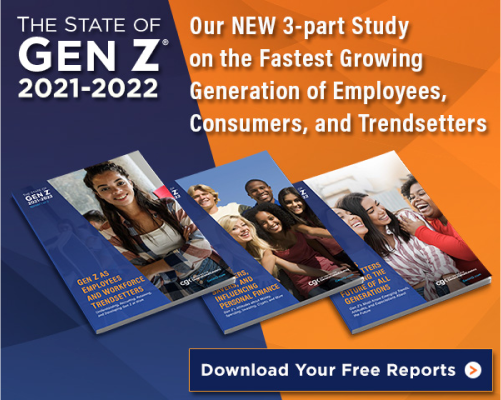- The term “Millennial” doesn’t sit well with some in this generational group.
- This segment group is dubbed “Mega-llennials” by expert Jason Dorsey, President of The Center for Generational Kinetics.
- Millennials are typically viewed as apathetic and entitled, and Mega-llennials don’t like the negative association others have with the term Millennial.
Millennials, also known as Gen Y, born approximately 1977 to 1995 in North America, are the largest generation of employees and consumers in existence. Unfortunately, they are also the most negatively portrayed in the media. They are said to be the laziest generation — and the most financially behind all the rest. And while many are still in debt and dealing with the fallout of the recession, there are many who are doing just fine with money. It’s this financially stable subset that has stirred the pot, causing the generation of Millennials to split in two.
Me-llennials vs. Mega-llennials
It is Millennials researcher Jason Dorsey who has identified these two different groups as Me-llennials and Mega-llenials. It’s not a division by age. But rather it’s a division by the life stage in which they find themselves. According to Dorsey, Me-llennials are financially and professionally behind, most likely feeling lost and uncertain of their path. But Mega-llennials are the opposite. They are ahead of the game, and they don’t identify with the stereotypical definition of what a Millennial is. Dorsey says in the Business Insider story: “They’ve been working and doing normal work-related stuff, but often are not getting attention for it.”
The Generational Fork in the Road
All Millennials started off in a similar place, being born in a certain timespan and living through the same world events. But as they got older, the group started to splinter off in different directions. One subset seemed to move forward with their careers, while the other seemed to be stagnant and not seeing the progress they had expected to see in their lives. Millennials are often described in a way that emphasizes the negative aspects of that latter group’s circumstances. But the Mega-llennials don’t feel that they match those attributes. Or, as Dorsey states in the article, they don’t “fit the typical Millennial meme.”
An Unfair Definition
Millennials, as a group, are often given a bad rap, but they’ve simply had a slow start in life with the odds stacked against them. And it’s through no fault of their own. The recession, rising living costs, and outrageously high student debt has introduced them into the working world at a disadvantage. Many have been slow to build wealth and don’t feel in control of their finances. Because of a combination of these factors (among others), Millennials are thought of as difficult and spoiled. And their positive traits like optimism and enthusiasm often don’t get acknowledged. Mega-llennials have worked so hard to get ahead — already owning homes and booming in their careers — and they just feel buried underneath the standard Millennial definition.
Millennials as a Valuable Asset
While Millennials are definitely not a “one-size-fits-all” generation, we need to work on drawing attention to the traits that make them uniquely valuable. They can be extremely hard-working, dependable, and confident. And they are definitely capable of making significant contributions to their organizations, according to our extensive research at CGK.
Are You Capitalizing on the Strengths of Your Millennial Employees?
How are you encouraging and supporting your Millennials to defy the negative stereotype and be the most outstanding people they can be? Contact us here to see how we can help! We deliver custom keynote speeches, research, and consulting that solves generational workforce challenges.

